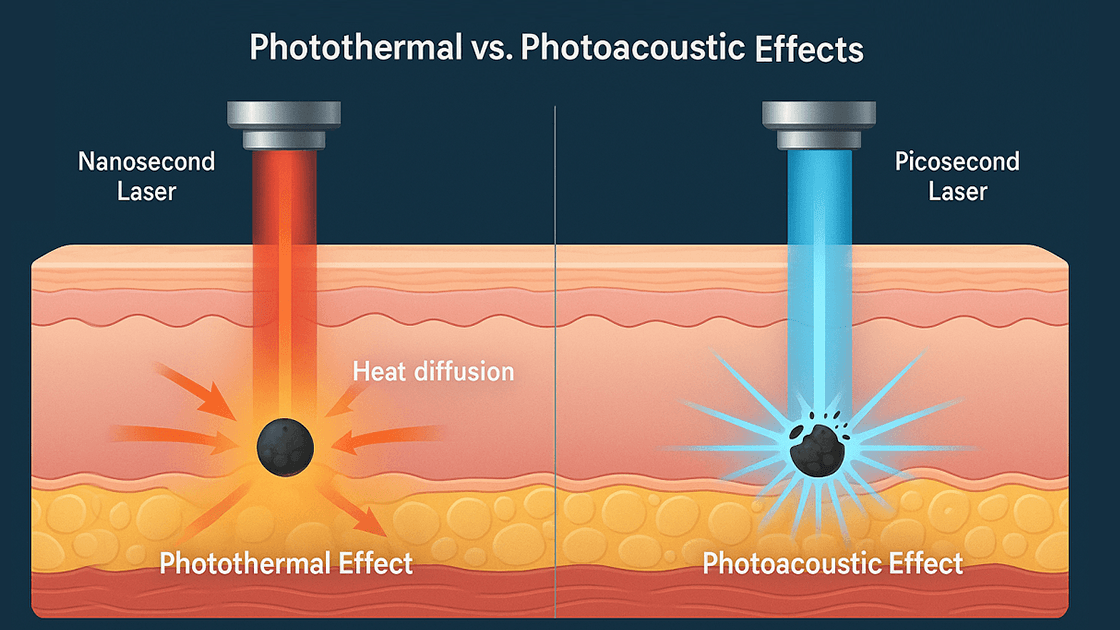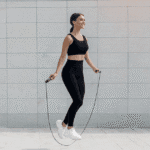Introduction
Melasma, a common skin condition, manifests as dark, discolored patches on the skin, often on the face. Various factors, including hormonal changes, sun exposure, and genetics, can trigger melasma. For many, melasma significantly impacts self-esteem and quality of life. Among the various treatments, picosecond laser technology has emerged as a highly effective option for managing melasma. This article delves into the process of picosecond laser treatment for melasma, detailing what patients can expect before, during, and after the procedure, as well as discussing potential risks and their mitigation.
Understanding Melasma and Picosecond Laser Treatment
Melasma: Causes and Symptoms
Melasma primarily affects areas of the skin exposed to the sun, such as the face, neck, and arms. It appears as brown or gray-brown patches and is more common in women, particularly those who are pregnant or taking birth control pills, due to hormonal influences. Sun exposure exacerbates melasma, making effective sun protection crucial.
Picosecond Laser Technology
Picosecond lasers operate with incredibly short pulse durations, measured in picoseconds (one trillionth of a second). This technology minimizes thermal damage to the surrounding skin, making it ideal for treating pigmentary conditions like melasma. By delivering high-energy bursts in ultra-short intervals, picosecond lasers break down melanin deposits effectively, allowing the body to naturally eliminate the pigment.
Picosecond Laser Treatment for Melasma
Consultation and Preparation
Before undergoing picosecond laser treatment, a thorough consultation with a dermatologist is essential. This includes a detailed discussion of medical history, skin type, and specific melasma concerns. Dermatologists may conduct a skin evaluation and patch test to ensure the patient’s skin responds well to the laser.
Day of Treatment
On the day of treatment, patients typically arrive at the clinic where the treated area is cleansed and a numbing cream is applied to enhance comfort. During the procedure, the dermatologist uses the picosecond laser to target melanin in the affected areas. Patients might feel a slight snapping sensation on the skin, which is generally well-tolerated.
Post-Treatment Care and Immediate Aftercare
Immediately after the procedure, the treated area may be cooled to reduce any discomfort. Dermatologists usually provide specific ointments or creams to aid in healing and minimize irritation. Initial redness and swelling are common but typically subside within a few hours to a few days.
Recovery and Results
Short-Term Recovery (First Few Days)
In the days following the treatment, patients may experience mild redness, peeling, and sensitivity in the treated areas. Avoiding sun exposure and following the dermatologist’s aftercare instructions meticulously is crucial to prevent complications and ensure optimal results.
Long-Term Recovery (Weeks to Months)
As the skin heals over the following weeks to months, patients should maintain a consistent skincare regimen, including using sunscreen daily. Follow-up appointments help monitor progress and address any concerns. Gradual improvements in the appearance of melasma can be observed, with full results typically visible after several treatment sessions.
Before and After Expectations
Setting realistic expectations is vital. While picosecond laser treatment significantly reduces melasma, it may not completely eradicate it. Before and after photos, case studies, and testimonials can help patients understand the potential outcomes. Maintenance treatments may be necessary to sustain the results.
Risks, Complications, and Mitigation
Common Side Effects
Like any laser treatment, picosecond laser therapy may cause temporary redness, swelling, and mild discomfort. These side effects usually resolve on their own within a few days.
Potential Complications
In rare cases, patients might experience infections, scarring, or persistent changes in skin color, such as hyperpigmentation or hypopigmentation. These complications are more likely if post-treatment care instructions are not followed.
Minimizing Risks
To minimize risks, adhering to all aftercare instructions provided by the dermatologist is essential. Early recognition of any adverse reactions and prompt communication with the healthcare provider can prevent more serious complications.
Picosecond laser treatment offers a promising solution for managing melasma, providing significant improvement with minimal downtime. By understanding the procedure, recovery process, and potential risks, patients can make informed decisions and achieve the best possible outcomes. Consulting with a qualified dermatologist and adhering to their guidance is key to successful treatment.








